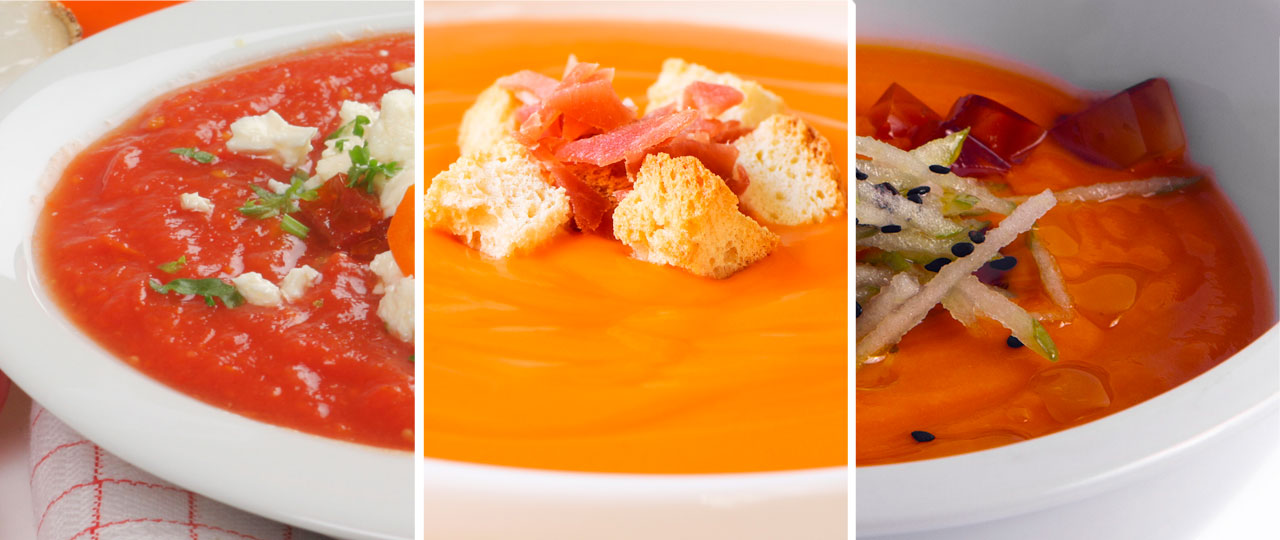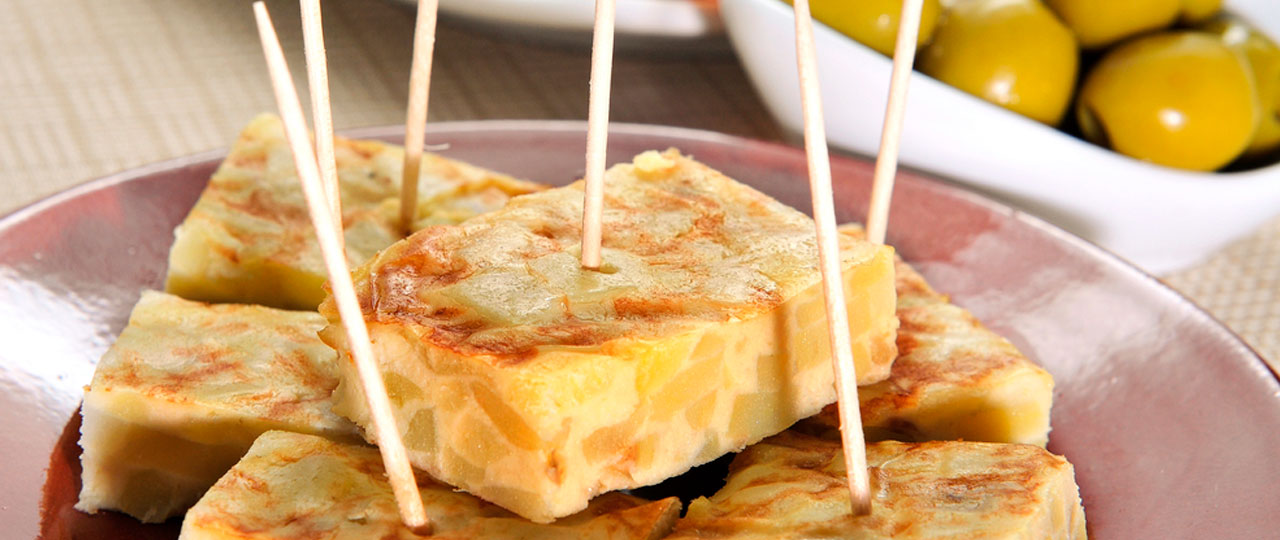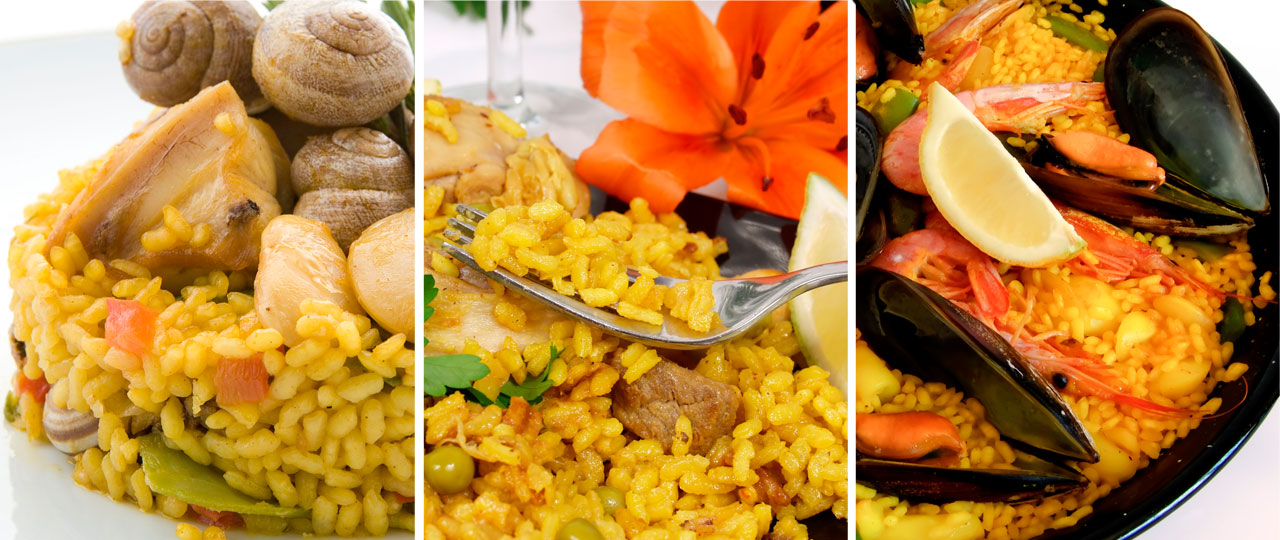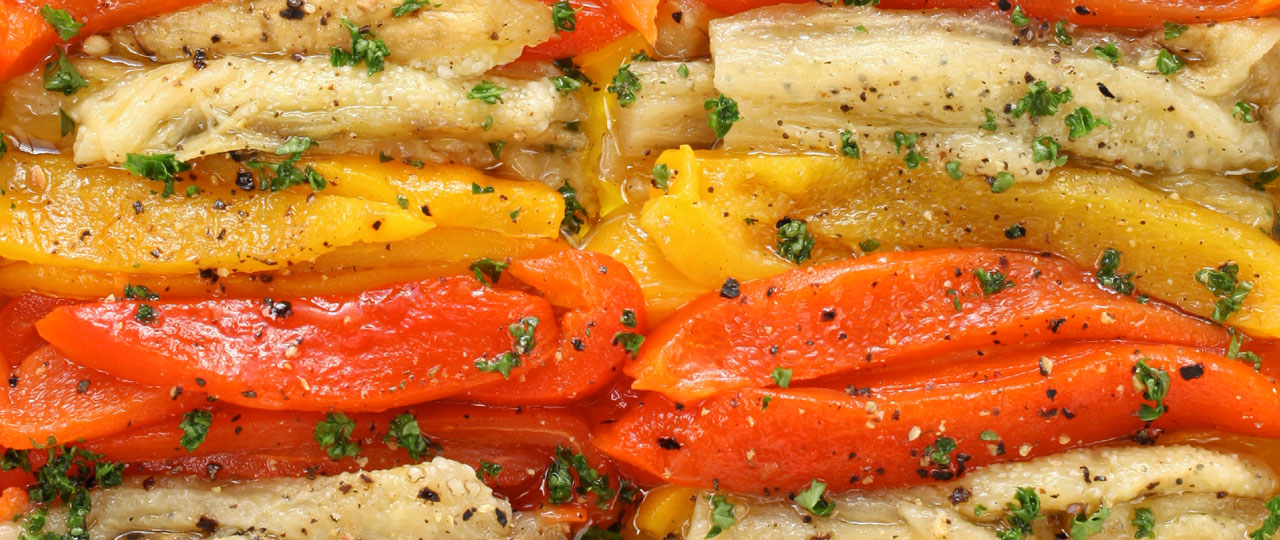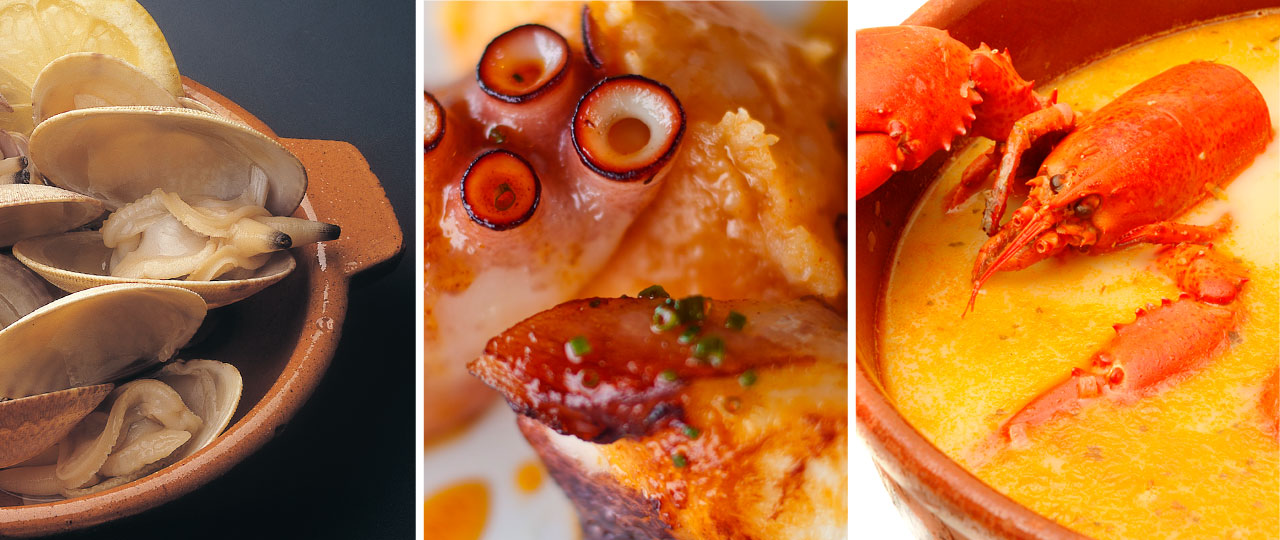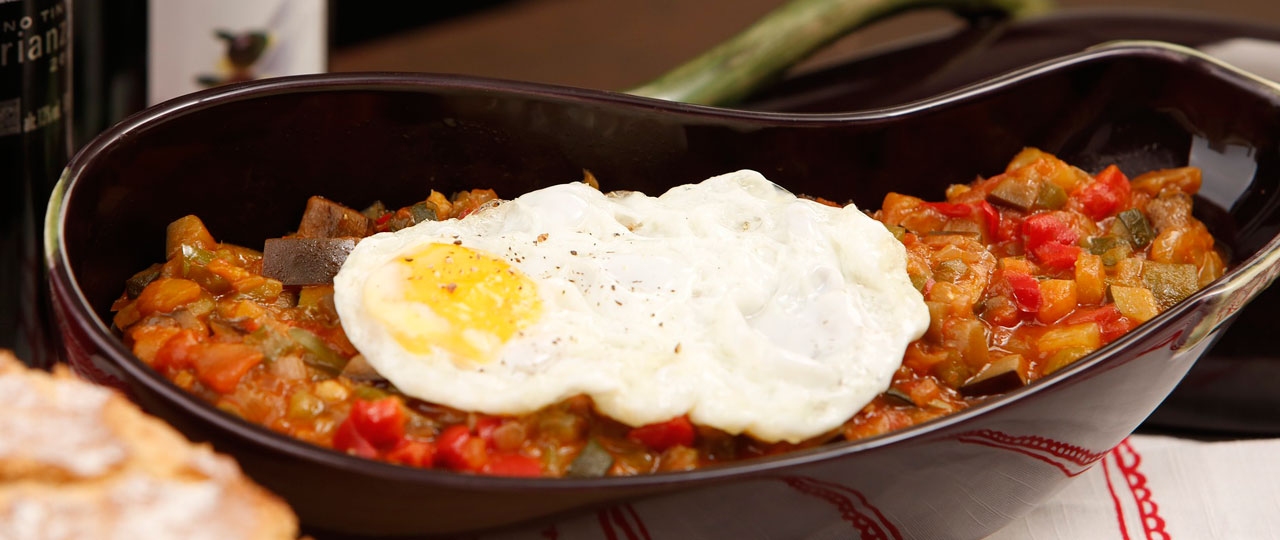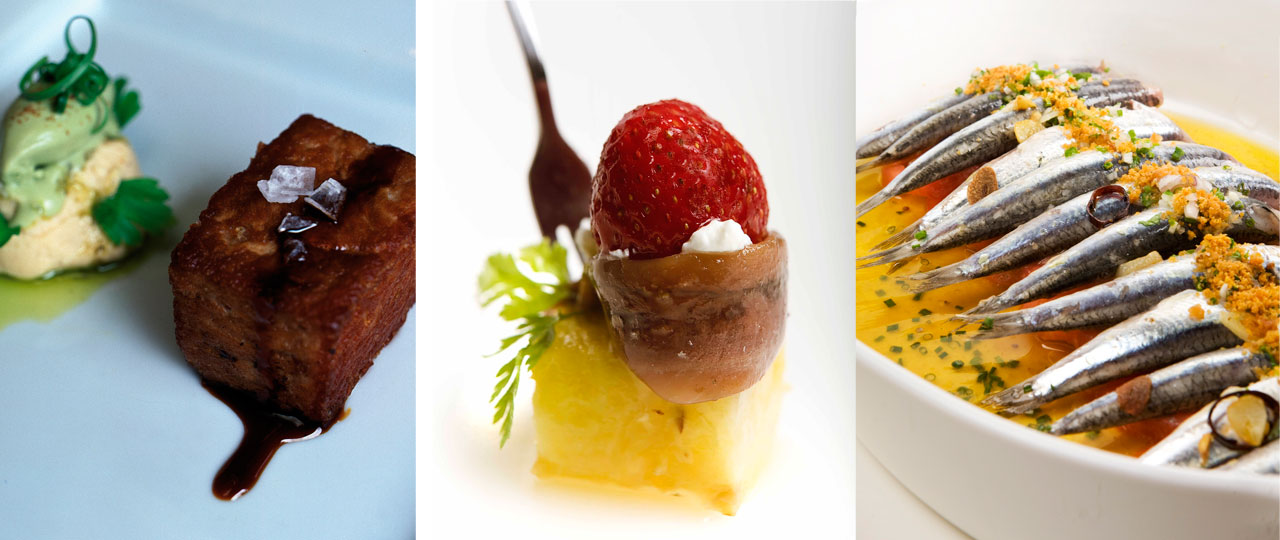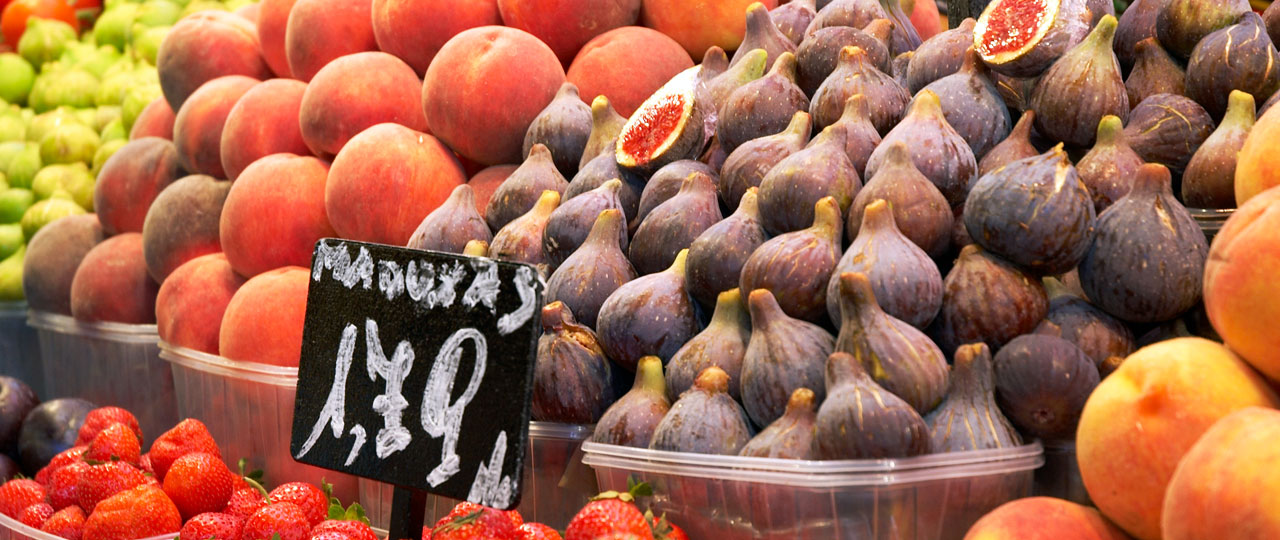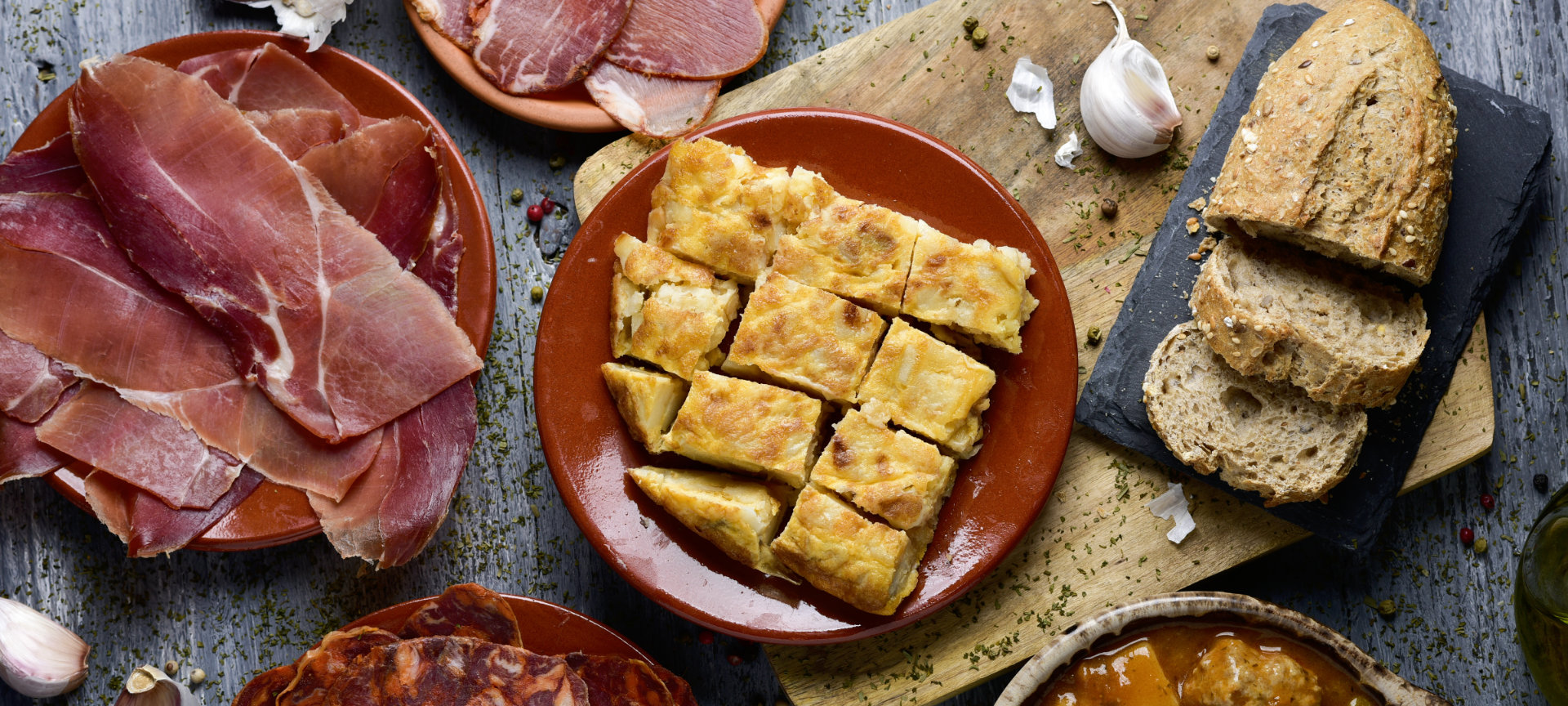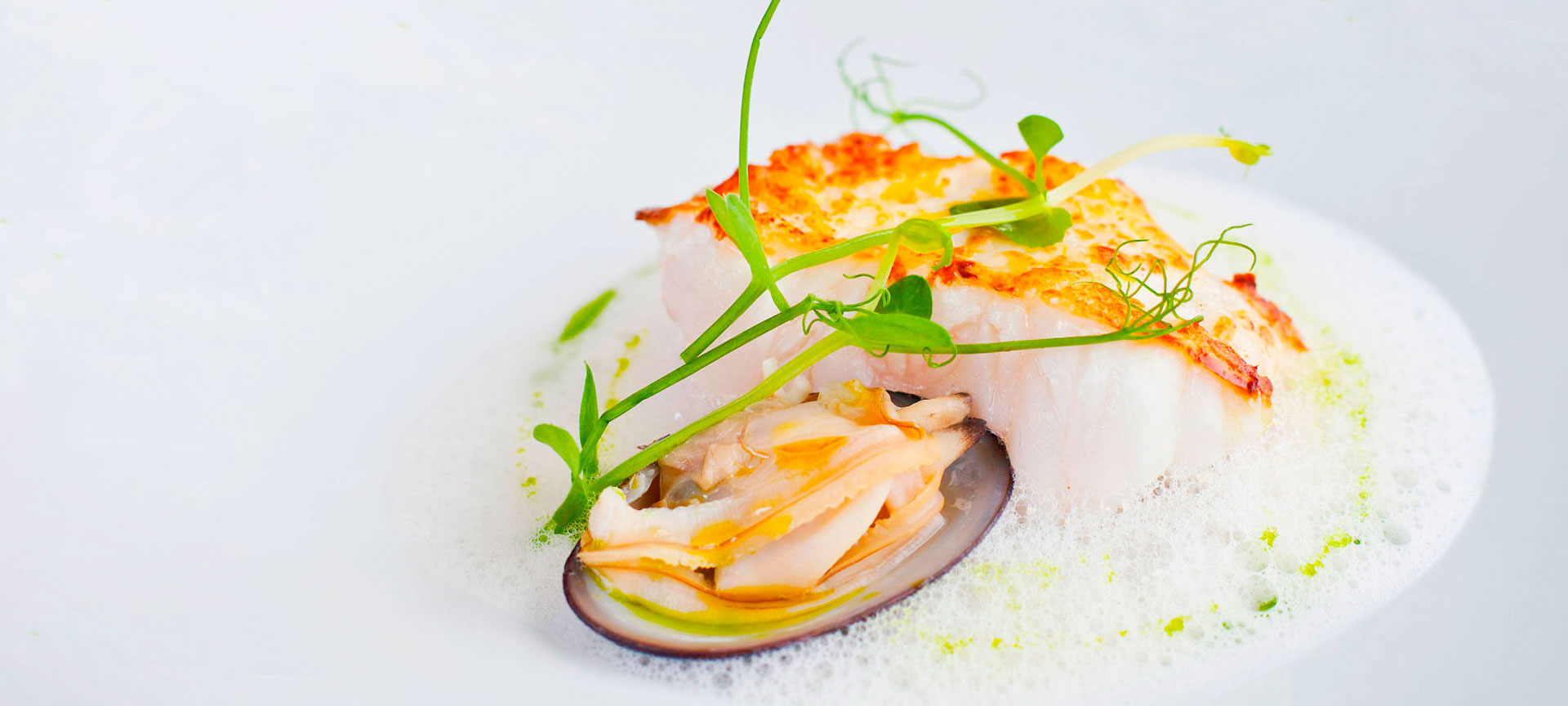
Delicious, healthy, and 100% Spanish
Spanish meals that are good for your health
Spanish food is a showcase for the Mediterranean diet around the world. Healthy food, full of flavour and based on olive oil, vegetables, and seasonal ingredients. Here are a few suggestions for trying this cuisine, awarded the UNESCO Intangible Cultural Heritage designation.
Debe activar Javascript para poder utilizar este servicio
-
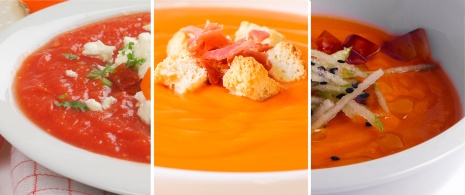
Gazpacho and salmorejo
Typical dishes from Andalusia that you can find in any Spanish household in summer. Tomato is the main ingredient in these cold soups, with extra virgin olive oil added to taste for an extra explosion of flavour. Gazpacho is more liquid and can include cucumber or peppers. Salmorejo is thicker and garnished with cured ham in the bowl.
-
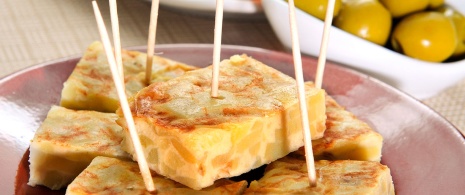
Spanish omelette
It’s easy to make. It’s versatile for serving. And most of all, it’s delicious to eat. This is one of the most international Spanish recipes and is a good option for any meal. The key to cooking it is the texture of the potatoes, the fluffiness of the eggs, and making it with olive oil. Bread or breadsticks are the classic complements at the table.
-
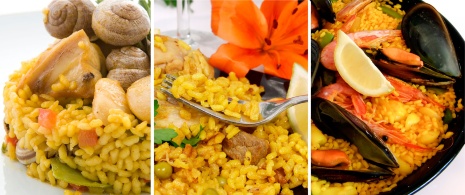
Paella
The culinary icon of the Region of Valencia. It is cooked in a specific pan (called a paellera or paella), the main ingredient is rice and there are many varieties to enjoy. The most traditional Valencian paella always includes chicken, rabbit, garrofó (a local haricot bean), saffron and olive oil. Here’s a tip for choosing the best paella - they are traditionally cooked over a wood fire. And a warning - you will never win an argument about paella with a Valencian. It’s best to give in and hope they invite you to try their version.
-
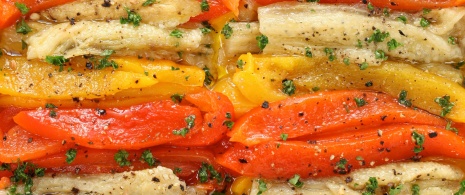
Escalivada
A type of salad that is popular in Catalonia and brings out all the flavour of the local vegetables. How? They are roasted over charcoal or in the oven, for succulent aubergines, peppers, onions, potatoes and artichokes. Then they are combined on the plate and dressed with extra virgin olive oil and, depending on individual taste, with vinegar.
-
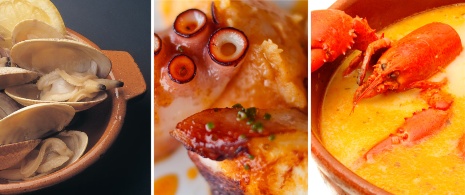
Seafood
Spain is practically surrounded by sea and this has distinct advantages for its cuisine. The country is rich in delicious fish and seafood. We love them simply cooked in ways that enhance their flavour. They are outstanding in Galicia, but the coasts of Andalusia, Murcia, the Region of Valencia, Catalonia and the Balearic Islands also have plenty to offer. Some recommendations: mariscada (mixed seafood), almejas a la marinera (clams), pulpo a feira (octopus) or a caldereta de marisco (seafood casserole). Accompanied by a sea view, the experience is sublime.
-
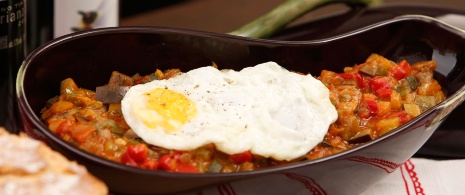
Pistos and tumbets
The vegetables are the stars and oilve oil is the supporting actor. These are lightly sautéed mixed vegetables, usually including onions, aubergines, courgettes, tomatoes, peppers and garlic. One of the best-known pisto recipes is from Castilla – La Mancha, where the dish is often finished off with a fried egg. Tumbet is a traditional Balearic Islands dish. Alboronía, in Andalusia, and sanfaina in Catalonia or the Region of Valencia are similar.
-
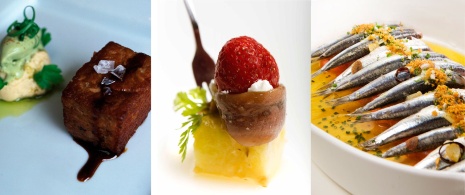
Blue fish
Anchovies, tuna, sardines, boquerones or bocartes, mackerel… These are just a few of the typical blue fish of Spain. They are the richest in Omega-3 fatty acids and are recommended for heart health. Here you can find some very traditional recipes. For example, espetos (skewers) of sardines in Malaga, salted and canned anchovies in Cantabria, the marmitako or tuna stew in the north, tuna smothered with onions in the south, boquerones in vinegar…
-
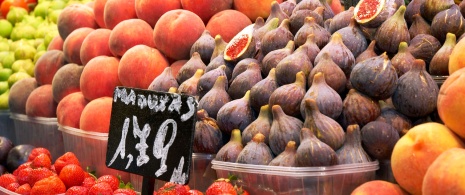
Fruit
If you’re in Spain, you’re in Europe’s market garden. So grab the opportunity to taste fruit straight off the tree. To get the best of the season, look to the calendar: autumn is time for apples, pears and grapes; winter is for citrus fruits, like oranges and clementines or exotic fruits like chirimoya or kiwi; spring brings an explosion of flavours with strawberries, cherries and kumquats; and in summer everyone loves melon, watermelon and plums. In the Canary Islands mixed fruit juices and smoothies are very popular, but their bananas are world-renowned.

